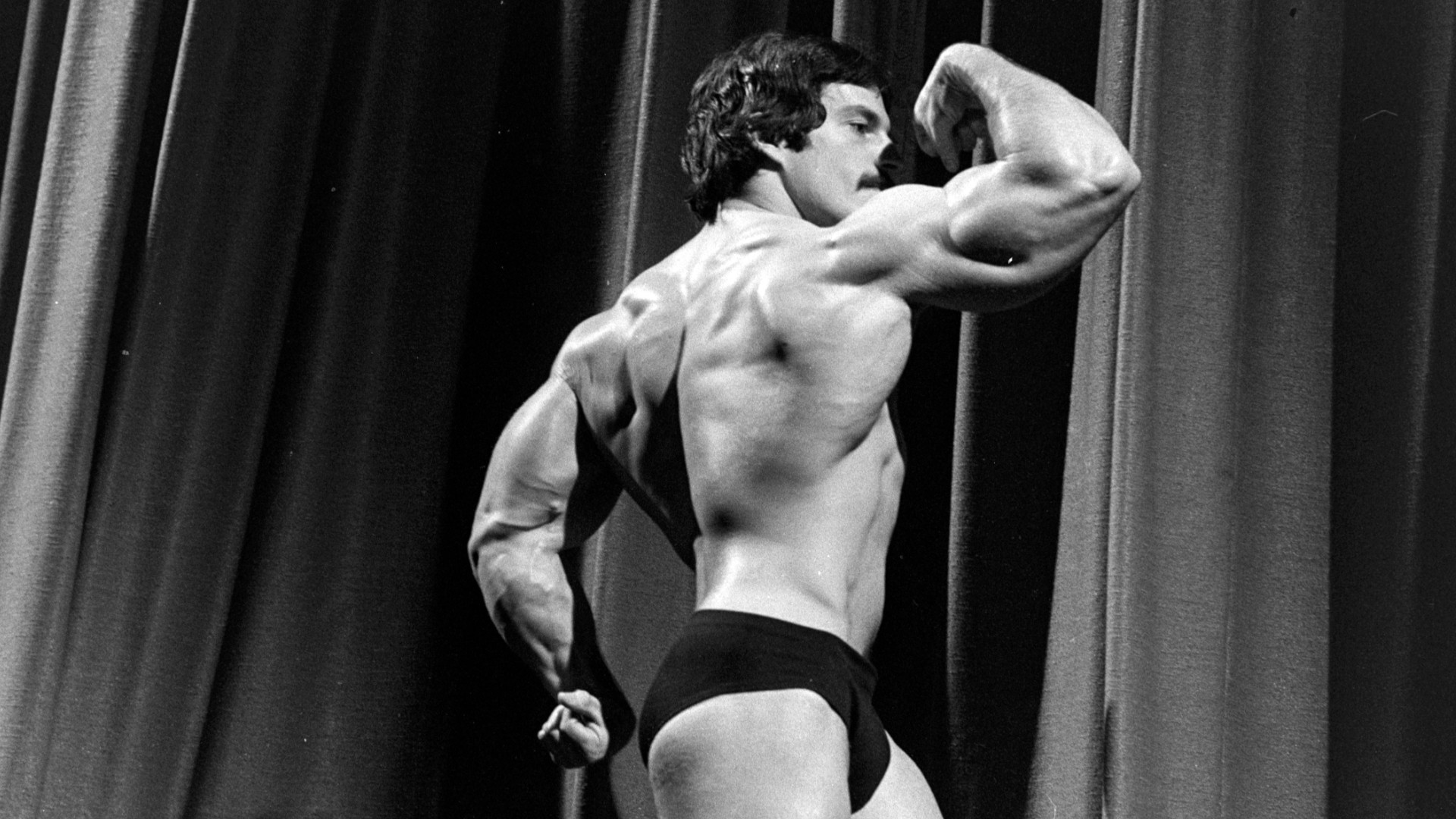
Recently, I noticed a guy I’d trained around for a few years in the gym move some pretty impressive weight, far more than what he’d been regularly capable of. He was in good shape too. Naturally, I complimented him and was intrigued to know what had changed in his training. That’s when he told me he was following Mike Mentzer’s ‘Heavy Duty’ training method.
For those who don’t know, Mike Mentzer was an American bodybuilder with a very impressive physique and was also the first (and only) man to earn a perfect score of 300 at the elite bodybuilding contest, Mr. Universe. He also had a very cool-looking mustache and an envious head of hair.
His ‘Heavy Duty’ method, which promises remarkable muscle growth by doing a single set of exercises per body group per week, has become increasingly popular, with many people following suit on social media. But does his method have legs?
What was Mike Mentzer’s ‘Heavy Duty’ training method?

Whereas other bodybuilders' training, like Arnold Schwarzenegger, consisted of high volume over a five to six-day period (sometimes training twice a day), Mentzer’s Heavy Duty training flipped this on its head.
Instead, he favoured high-intensity training doing one set of exercises per body group to complete failure (between 6-10 reps), three times a week.
Here’s an example he gives in his book, Heavy Duty, of what a day of training legs might look like:
- Leg extension supersetted with leg press
- Leg curls
- Calf raises
- Sit-ups
One set of each of these till failure would see you in and out the gym pretty sharpish, so you can understand the appeal. Particularly in this busy day and age. However, in the 1990s Mentzer’s Heavy Duty method became even more intense. He introduced Heavy Duty II, where you’d do one to two sets of an exercise for an entire muscle group, just once a week. That means six days of recovery, although if more was needed you could take it.
FYI, Mentzer wasn’t the first person to come up with the idea of ‘high-intensity training’ either. His training method was built on the philosophies of Arthur Jones, the Founder of Nautilus machines.
Is it effective?
There’s no doubt that Mentzer’s method may benefit those who don’t have all the time in the world to train, but still want to reap rewards. However, is emptying the tank and training till failure really the best way to go?
“It can definitely have its place, but constantly going all-out on every set ramps up fatigue and increases injury risk without delivering enough extra stimulus to justify it,” says Mark Bohannon, Chief Experience Officer and Body Transformation Specialist at Ultimate Performance. “Instead, leaving 1–2 reps in reserve and stopping just short of failure-lets you push hard without frying your recovery and risking injury.”
A recent review published in the Journal of Sport and Health Science also supports this and found that stopping anywhere between 0-5 reps before failure is the sweet spot for muscle growth. Not to mention it reduces your risk of overtraining. FYI, that doesn’t mean you won’t see gains lifting to failure, but it’s clearly not necessary.
When it comes to recovery, Mark also argues that Mentzer’s six days or more, just isn’t necessary. “Muscle protein synthesis (MPS) drops back to baseline after 48–72 hours. Translation? Your muscles are ready to be trained again after 2–3 days,” he says. “Hitting a muscle more frequently (such as 2–3 times a week) is better for hypertrophy than hammering it with 1–2 all-out sets every 7–14 days.”
That being said, Mentzer’s views on recovery in his earlier version of Heavy Duty– two to three days– is standard in a lot of people’s training programs.
Is it best for maximum muscle growth?

There’s no doubt Mike Menzter’s Heavy Duty training is effective for muscle growth and strength. Mentzer’s, physique alone is a pure example of this and on forums, many people talk about seeing significant improvements in their strength since implementing his training style. However, many also mention that it wasn’t right for them and that they had to add more volume to their sets when it came to progression.
Is it ‘best’ though? Mark says context is king. “It will depend on your training age, experience, and current program, those factors are going to play a huge role in how effective Mike Mentzer’s Heavy Duty methods might be for you. For example, if you’re drowning in junk volume (too many sets without enough intensity), you’d probably see a decent response by dialing things back and cranking up the effort on fewer sets.”
He points out that beginners, especially, may struggle to generate the intensity needed to make Mentzer’s program effective. “These people would certainly benefit from having more volume in their training program instead. Some principles of Heavy-Duty training are universally useful, but following the program to the letter probably isn’t ideal for most people.”







